Personality in ant colonies
In the recent paper “Personality of ant colonies (Hymenoptera: Formicidae) – underlying mechanisms and ecological consequences” published in Myrmecological News, Eva S. Horna-Lowell, Kevin Neumann, Sean O’Fallon, Ana Rubio, and Noa Pinter-Wollman review the recent literature on personality in ant colonies. They focus on the various levels that personality can be explored and discuss how personalities emerge in ant colonies, including their ecological consequences. Here, they highlight the main points.
An Interview compiled by Phil Hoenle, Patrick Krapf, and Felix Oberhauser
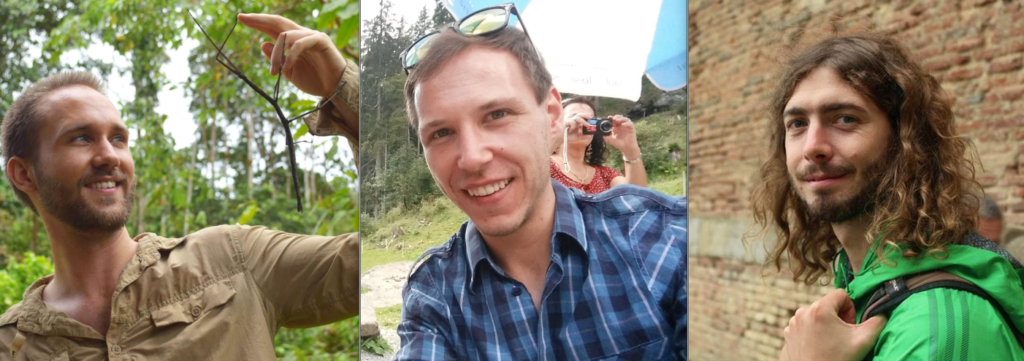
MNB: Could you tell us a bit about yourself?
KN: I am Kevin Neumann, a first-year PhD student at the University of Illinois at Urbana Champaign. My research broadly addresses how differences in behavior among social animals can play a role across different ecological contexts, including competition and dispersal. I spent my undergraduate years at UCLA, where I studied the role of behavioral variation on interactions between native and invasive ants.
AR: My name is Ana Rubio, and I am an Americorps member working with the United States Forest Service on Salmon and fisheries-related projects in the Six Rivers National Forest. In the past, I have studied ant ecology and behavior, focusing primarily on the invasive abilities that have allowed ants such as Linepithema humile and Wasmannia auropunctata to proliferate around the globe.
SO: My name is Sean O’Fallon, and I’m a second-year Master’s student at UCLA. I study the factors that determine the structure of ant nests and the impact that nest architecture has on the collective behavior of colonies.
ESHL: My name is Eva Sofia Horna Lowell and I am a second-year PhD student at UCLA. I am interested in understanding the interactions between microbial communities and animals. More specifically my research uses harvester ants (Veromessor andrei) to investigate how social organisms interact with microbial communities in their surrounding habitats. I previously received my MSc from the University of Denver, where my research focused on the foraging behavior of honey bees.
MNB: Could you briefly outline the research published in Myrmecol. News in layman’s terms?
ESHL: In this paper, we review the recent literature on personality in ant colonies. Within our review, we define personality as consistent differences in behavior among individuals. Ants are outstanding because they live in colonies with thousands of collaborative sterile worker ants and often only one reproductive queen. Thus, not only can we study the personality of a single ant, but we can also study the personality of the entire collective group, the colony! In our review, we discuss how personalities emerge in ant colonies and the ecological consequences of these colony personalities (e.g., personality impacts the way colonies interact with other colonies of the same or different species, and personality impacts the way colonies respond to environmental factors such as climate). We then examine the evolutionary history of colony personalities. Ants are a great system to ask questions about the evolution of colony personality as more than 13,000 species identified offer plenty of opportunities for comparative studies across species. We end our review by discussing how we can apply what we learn about colony personality to solve problems, such as the management of an invasive ant species.
MNB: What is the take-home message of your work?
SO: The take-home message of our review is that there are many fascinating questions to explore in the field of animal personality, and ant colonies can be a great system to investigate those questions! Consistent behavioral differences between individuals may have important ecological and evolutionary consequences, and the diversity and tractability of ants make them excellent candidates to explore this exciting field.

MNB: What was your motivation for this study?
KN: While several recent reviews have addressed the role of animal personality in ecology and evolutionary biology, these papers are more general and do not tend to go in depth into specific systems. Given the surge of studies over the past decade investigating colony personality in ants, it was important to reassess the current state of the field and provide researchers with a framework to guide future studies.
As the term “personality” has become more popular in the field of animal behavior, there has been some confusion about what personality is and how it can be applied to different biological questions. Our aim was also to use ants as a model for highlighting some of the key applications of animal personality to ecology and evolutionary biology.
MNB: What was the biggest obstacle you had to overcome in this project?
ESHL: We knew that we wanted to write about colony personality since there already are so many great reviews on the personality of individual worker ants. The challenge was then deciding how to organize all the exciting recent literature on ant colony personality. We decided to organize the review first by discussing how colony personalities emerge and then discuss the ecological consequences of these personalities. However, we quickly realized that the causes and consequences were intimately intertwined, and it is not always clear, for example, if the environment is affecting colony personality or if colony personality is affecting the environment. This obstacle was one reason why we chose to include the section “Causes and consequences of colony personality are intertwined” where we identify niche construction as one example of how the causes and consequences of personality are linked. This obstacle also informed us that there are still so many unanswered questions about collective personalities and ants are a fabulous system we can use to answer these questions!
MNB: Do you have any tips for others who are interested in doing related research?
AR: When researching ant and specifically colony-level behaviors it is important to define what colony personality means to the writer. Generally, when we think of collective behaviors, we think of behaviors that are consistent across time and contexts within individuals, not between species. However, authors often vary in how they describe colony personality, even with just names (e.g. behavioral syndromes, personalities, collective vs colony) which has led to some confusion on what this type of research is looking to understand. Thus, ensuring that articles gathered during preliminary research stay consistent with definitions and look at comparisons within species will help reduce any major roadblocks during research.
KN: Another important thing to consider when studying ant personality, or ant behavior in general, is the different levels of organization that these behaviors can occur at. There can be variation within individuals, between individuals, between colonies, between populations, and between species. Before starting a study, be sure to not only have a clear understanding of which levels of variation you are interested in, but also which levels are ecologically relevant for your system.
MNB: Where do you see the future for this particular field of ant research?
KN: One of the most promising directions for future work is incorporating new genomic tools into ant personality studies. The rise of next-generation sequencing and other modern tools allow us to answer questions that could not have been answered a few decades ago. For example, researchers have started to identify potential genes or genetic elements that are linked to personality traits within and across ant species. By comparing genetic information across different families, we could also start to uncover if personality traits are linked to any evolutionary patterns present among ants (i.e., the evolution of eusociality, division of labor, multi-queen colonies).


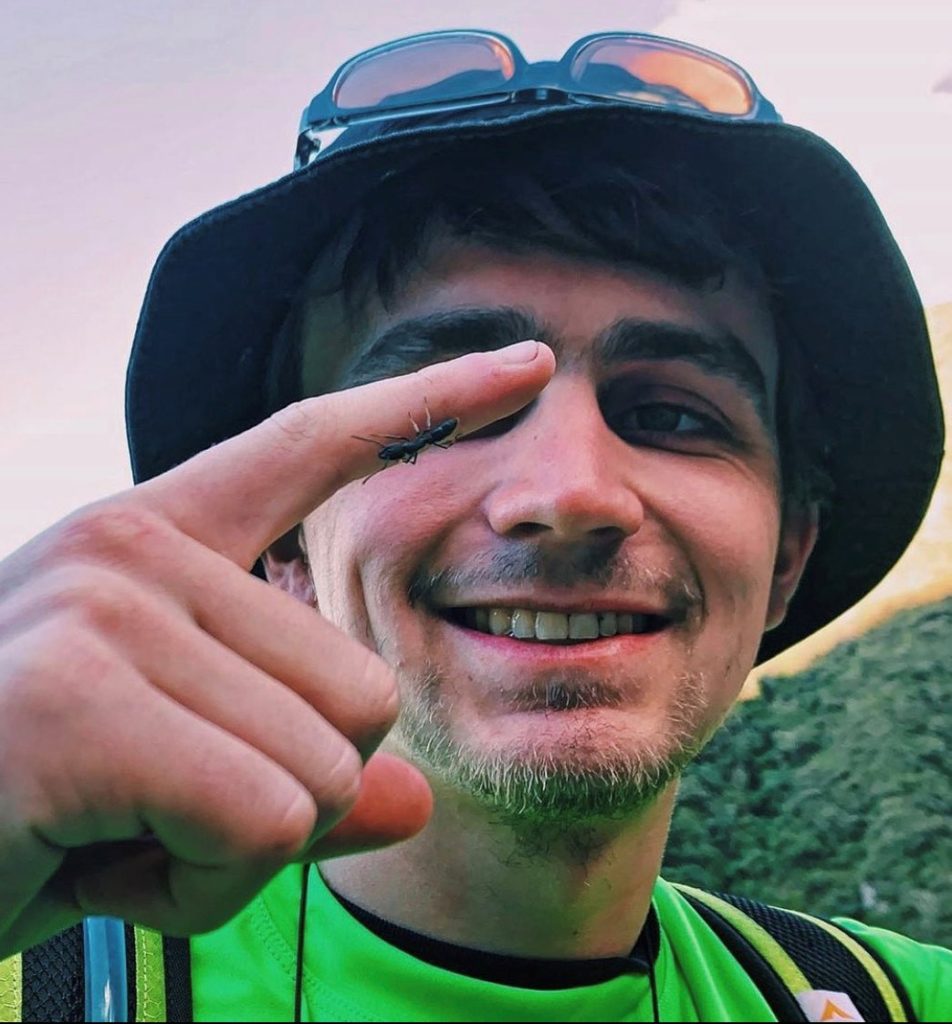



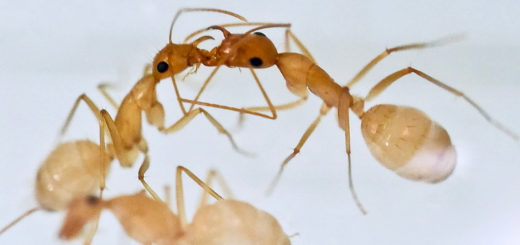
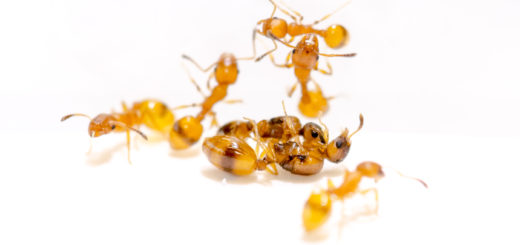
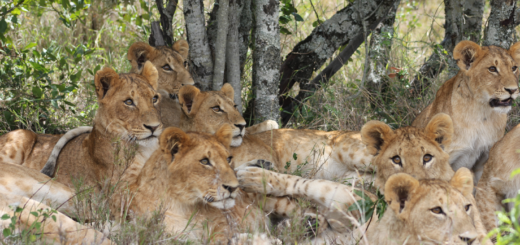
A very interesting and intriging article…..